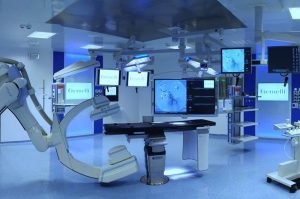 In Miami, almost any career in the healthcare industry requires a significant amount of training and education, especially when that worker is required to deal directly with patients.
In Miami, almost any career in the healthcare industry requires a significant amount of training and education, especially when that worker is required to deal directly with patients.
Certain procedures and protocols are required to ensure that healthcare workers know exactly what they’re doing when carrying out a task. From administrative to the technical and medical side of healthcare—the jobs involved are all related to one another in some fashion, and if one worker isn’t executing a task properly, then there’s a high probability that it will affect other parts of the industry as well.
Take for instance the X-Ray Department. X-Rays are a very important diagnostic tool and are crucial to a doctor’s prognosis for a patient. After vital signs are taken and blood work is done, the next logical step, if necessary, is to conduct an x-ray.
What Does X-Ray Actually Stand For?
The actual “X” in x-ray doesn’t stand for anything! When scientist and Nobel Prize winner Whilhelm Congrad Rontgen discovered this medical technique, he wasn’t exactly sure how to define it. So like any mathematician would do to define something that’s unknown, he used the letter “x” to define the rays that allowed him to look inside the human body.
How an X-Ray Works
The actual definition for an X-ray according Dictionary.com is “a form of electromagnetic radiation, similar to light, but of shorter wavelength and capable of penetrating solids and of ionizing gases” or for a more technical explanation, “such radiation having wavelengths in the range of approximately 0.1-10nm.” The Mayo Clinic describes how it works best as being a beam that passes through the body and is absorbed in different amounts depending on the density of the material it passes through. As a result, bone and metal will easily show up on an x-ray while the air in your lungs will show up as black, and fat and muscle are visible in shades of gray.
If doctors require a more precise x-ray, they’ll sometimes require the patient to ingest something that will give a better contrast, like iodine or barium.
The Importance of Handling X-Ray Equipment
Having a basic understanding of how x-rays work might give you a better appreciation of learning how to operate x-ray equipment. In order for this procedure to be effective, the body must absorb these x-rays. As a result, the human body should only be subjected to this procedure for a brief period of time. Fortunately with today’s technology, x-rays are taken as quickly as photos. This is good for the patient, but the X-Ray Technicians work around this equipment all day. So, the equipment must be handled a certain way and a standard method of professionalism is needed in order to operate in a manner that is safe for the patients and the technicians.
Where to Find the Right Radiology Technology Program
Florida National University (FNU), a regionally accredited university in South Florida, would like to save you the trouble of searching through multiple programs. Our school offers an Associate Radiologic Technology program that will prepare you to apply for entry-level jobs as an X-Ray Technician.
Radiologic Technology Associate of Science
In the associates Radiologic Technology program, students will get more in-depth training about the radiological field. With this degree, you’ll have a broader knowledge of how to treat patients when taking x-rays. Graduates of this Radiologic Technology program will be able to conduct more radiological testing procedures under the physician’s direct order.
The associate’s in Radiologic Technology takes a minimum of 86 credit hours and 600 clinical hours in order to graduate.
What Do You Learn During a Radiologic Technology Program?
Core courses in the Radiologic Technology program focus on patient care, radiation protection, and image production. Additional courses review anatomy related to radiographic positioning. Further study touches upon radiographic pathology and clinical tasks that a radiographic technician is responsible in a hospital, clinic, physician’s office, or other medical facility.
The Radiologic Technology program prepares graduates for the National Certifying Examination by the American Registry of Radiologic Technologists and the State of Florida, Department of Health and Rehabilitation Service General License Examination.
FNU: Your Path to a Rewarding Career in Radiology
Finding the right accredited Radiologic Technology program in Miami doesn’t have to be difficult. There’s still time to enroll for FNU’s next semester. Also, ask about taking some of the courses offered in the program online to get an early start. Contact our campus in Hialeah or Miami to schedule an appointment with our admissions department today. Our staff is ready to answer any questions you might have to help you along with the admissions process.



